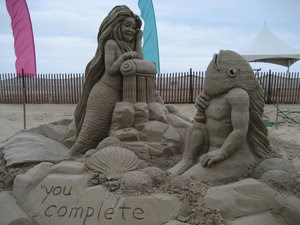It struck me as uncanny that Christine Lee showed us her work with shims the very class period after I finished my own project with the 2x4 slices. I am by no means putting my work on the same level as hers, but I do want to emphasize how much I could relate to the things she said about repetition. Just as I had to individually cut, sand, shellac, and glue each piece, she had to fold and stack every page of the phone books she used, or carefully place each shim in the right place. In other words, the presentation she gave mirrored my own newfound knowledge: repetitive processes are, to most people, mind-numbing and difficult. But with the right state of mind, they can produce a relaxing and meditative effect, and the end results are often quite beautiful and intricate.
Although Christine Lee did mention this explicitly, it was also apparent in the work itself that she is open to the idea of experimenting as she works through the project. In many of her projects, I noticed some degree of evolution from the ground up, and this made the artwork even more interesting.
Finally, I admired the way that she accepted the impermanence of her work. Everything from the fallen exhibit here at Stanford to the exhibit that almost fell when somebody touched it suggest that she doesn’t care so much about the final product, but rather the process taken to get there. I would personally never have enough trust in the laws of physics or in the people viewing the sculptures to make work like hers. Because of this, I admire her as an artist.




